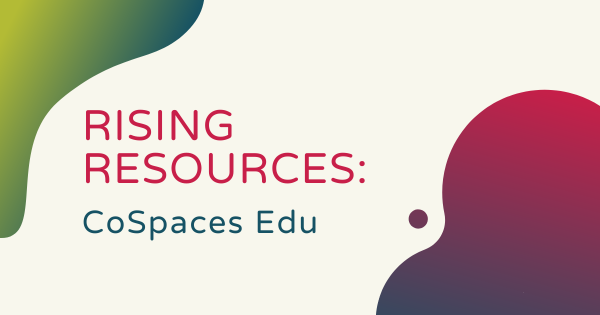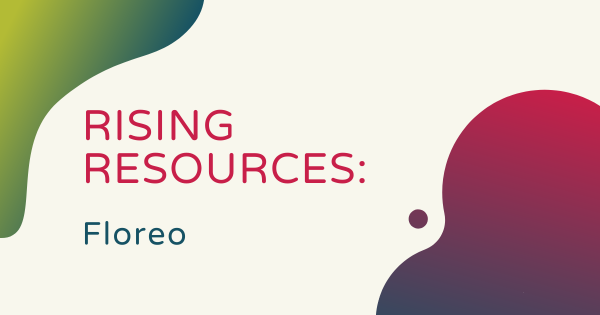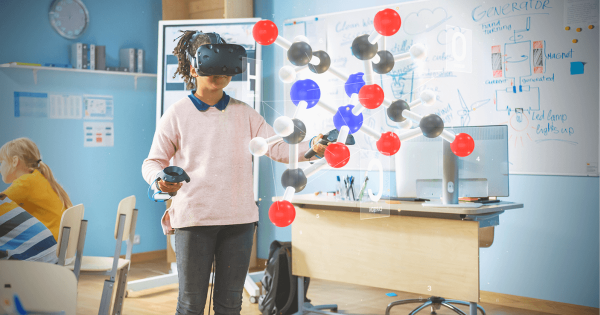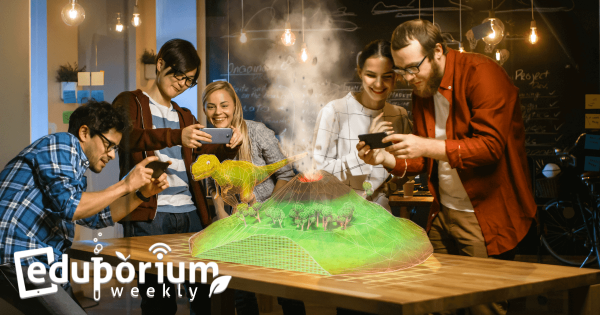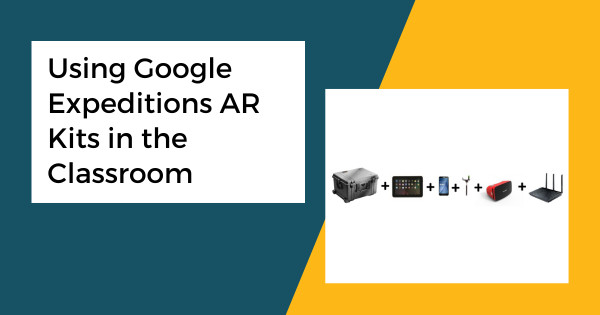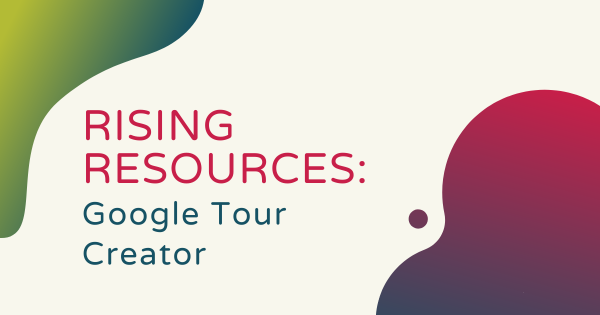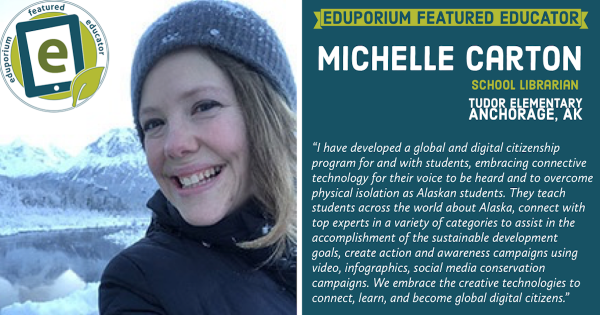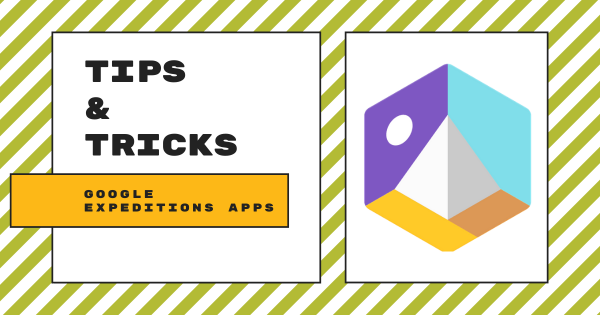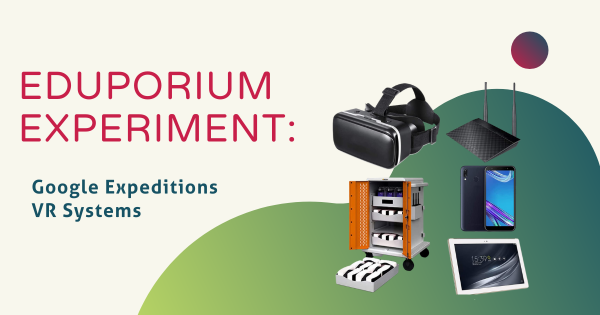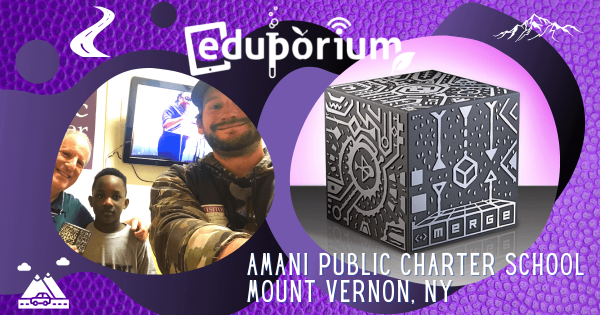Besides creating their own virtual reality content, students can also use the CoSpaces Edu app to explore coding. Within this online platform, they can access this Blockly editor for drag-and-drop programming practice. Called CoBlocks, this visual language is simple for beginners and, as children get better at creating programs, they can move on to script-based languages.
VR
-
Rising Resources | How Floreo Can Impact Special Ed With VR
For Autism Acceptance Month, we are excited to talk about Floreo. The VR lessons in this app can help autistic and neurodiverse students to rehearse before entering new or uncomfortable social situations, prepare for dealing with overstimulating environments, and with navigating unexpected events that occur with lessons from autistic self-advocates and experts in ASD. -
Using Virtual Reality Systems In Education
AR and VR both unlock unique angles for learning that, along with effective integration, can enhance student learning experiences. They can also bring concepts to life with stunning visual displays and, once these physical and digital worlds intersect, students can gain context that supports instruction and even potentially reaches them on more of an emotional level. -
Eduporium Weekly | Using Mixed Reality In Education
Though technologies like mixed reality, VR, and AR may initially have been for entertainment or gaming, it didn’t take long to realize that they can also impact education—especially by helping today’s teachers more effectively engage and excite students. So, this week, let’s explore the different forms of immersive technology and how they can help enhance STEM learning. -
Using Google Expeditions AR Kits in the Classroom
We can now offer the next best thing in the Google Expeditions’ AR/VR Classroom Kits! Designed to augment classroom instruction with high-end performance, the nine AR/VR kits help teachers guide students through all kinds of engaging lessons. They’re powered by the Magellan teacher tablet and include Homido viewers, student devices, and more. -
Rising Resources | Google Tour Creator And VR Content
We’re big fans of the potential that comes with using VR and AR tools in all levels of education and, for this week’s Rising Resources blog, we’re going to try out the Google Tour Creator platform! It’s built to use with the Google Expeditions VR systems, which are among our best sellers, and it’s easy to see why kids love -
Eduporium Featured Educator: Michelle Carton
Michelle works with students in the library at the Tudor Elementary School in Anchorage, Alaska, where she loves using technology with her students. In fact, she uses it so effectively that she’s also received the Library Media Specialist of the year award from the TCEA as an acknowledgement of her passion for helping students build real-world skills. -
Tips & Tricks | VR Learning With The Google Expeditions Apps
With schools and non-essential businesses closed in a lot of communities, we’re all grappling with how to keep learning going while practicing social distancing. So, today, we are talking about a free app that can take you to over 900 places right from your living room—the Google Expeditions app. And no, you don’t even need a bulky VR headset to -
Eduporium Experiment | Google Expeditions VR Systems
Google Expeditions has become a technology staple in many schools due to its ability to transport students to another location without them ever stepping foot outside the classroom. Students can become immersed on a guided tour through multiple locations or historic events, like The French Revolution and a lot more! -
Final Merge Cube Donations: The Amani Public Charter School
Andy made his final school visit and Merge Cube donation on Thursday as he left New York City and headed back to his home in southern Rhode Island. The donation was just outside New York City at the Amani Public Charter School in Mt. Vernon, NY, where he met with one of the school’s administrators, Harvey Zuckerman.




